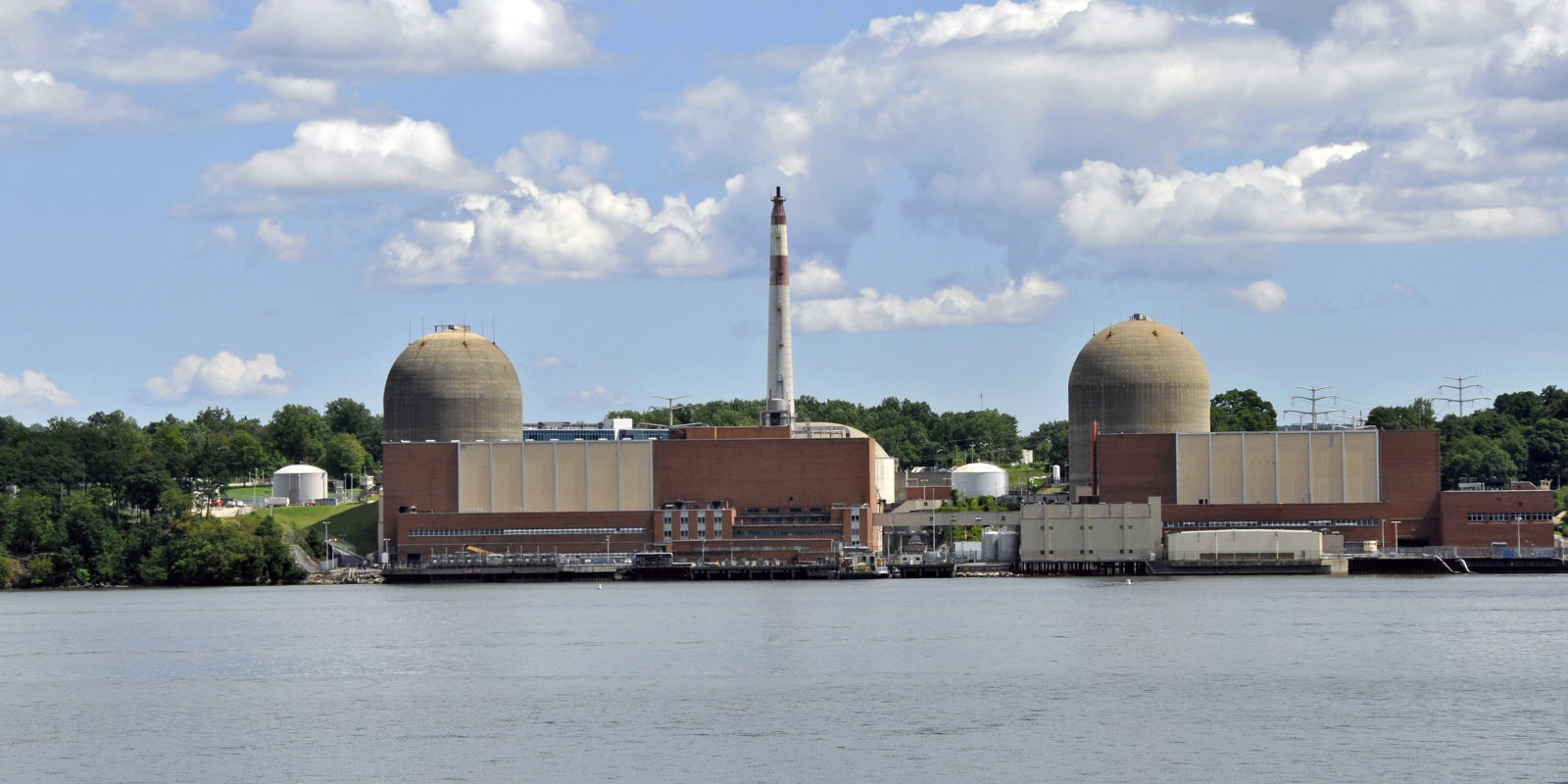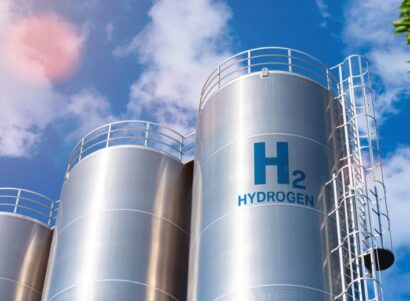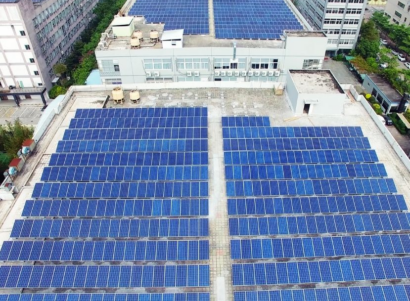OAKLAND, CA – The Indian Point nuclear power plant in New York is shutting down, with one reactor permanently ceasing operations this month and the other in 2021. To mitigate climate impacts, New York must ensure that renewable energy and energy efficiency savings, rather than natural gas, replace the carbon-free generation from Indian Point. A new research brief by the Oakland-based energy science and policy institute Physicians, Scientists and Engineers (PSE) for Healthy Energy finds that renewables and energy efficiency growth in line with New York’s clean energy targets will contribute far more electricity than is lost from Indian Point.
In 2019, New York set legally binding targets to source 70% of its electricity from renewables by 2030 and to reduce economy-wide greenhouse gas emissions to 85% below 1990 levels by 2050. The PSE brief is the first Indian Point replacement analysis to be released since these new policies were passed, providing up-to-date clean energy growth projections in line with new state targets as well as data on renewable generation and energy efficiency savings added over the past three years.
The research brief finds that recent deployment, current development, and projected growth of renewable generation and energy efficiency in line with state targets will contribute nearly 45,000 GWh annually by 2025, almost three times the 16,000 GWh currently supplied by Indian Point. Resources like wind and solar produce power intermittently, in contrast to the consistent power provided by a nuclear plant day and night. Pairing these resources with energy storage in line with new targets, however, which call for 1,500 MW of storage by 2025 and 3,000 MW by 2030, could provide the flexibility needed to meet real-time demand. The brief notes that hourly grid modeling would be needed to determine the optimal siting and dispatch of energy storage to help renewable generation meet demand.
Given New York’s climate and clean energy targets, the brief calls into question New York’s decision to build new natural gas infrastructure. The state brought two major gas facilities totaling 800 megawatts online in 2018. A third, the 1,020-megawatt Cricket Valley Energy Center, is scheduled to come online this year. “Expanding gas infrastructure threatens to undermine New York’s climate goals and sinks capital into facilities that may need to prematurely retire for the state to meet its decarbonization targets,” says Annelise Dillon, a PSE scientist and lead author of the research brief.
As these gas plants were already under construction when Indian Point’s closure was announced, they are considered to fulfill the grid reliability needs posed by Indian Point’s closure. The brief finds that local renewables, energy efficiency, and storage could have met local resource needs in their absence, however, questioning the need for new gas infrastructure to handle the nuclear shutdown.
Gas generation may increase in the short-term when Indian Point and other aging power plants close. But that demand could likely be met by existing plants, and does not provide sufficient evidence for the state’s expansion of new gas infrastructure, the brief explains.
Although these three major gas facilities have already been built, there is still an opportunity to mitigate their impact. Rapidly deploying renewables, storage, and energy efficiency could minimize the usage of new and existing gas plants, cutting emissions and bringing the state closer to its ambitious climate targets.
The brief is careful to note that other factors could affect the feasible timeline and relative cost of decarbonizing the electricity grid following Indian Point’s retirement. High demand growth due to electric vehicle adoption and building electrification could affect the rate of renewables deployment needed to increase electricity supply while reducing grid emissions. Tightening ozone and fuel oil regulations could lead to early retirements for certain power plants in New York—particularly those meeting peak demand— likewise putting pressure on the state’s electricity supply.
To meet climate targets while electrifying buildings and cars, New York will need to think ahead as other nuclear and fossil fuel-based power plants retire across the state.
Deploying renewables, efficiency, storage, and demand response to replace retiring generation will do more than meet the state’s climate targets. “These resources could improve local air quality by reducing co-pollutants from natural gas plants that are harmful to human health. They could also enhance grid resilience by providing backup power to communities in the case of natural disasters or other emergencies,” Dillon explains.
Access the research brief here.
# # #
Physicians, Scientists and Engineers (PSE) for Healthy Energy is a nonprofit research institute dedicated to supplying evidence-based scientific and technical information on the public health, environmental and climate dimensions of energy production and use. We are the only interdisciplinary collaboration focused specifically on health and sustainability at the intersection of energy science and policy. Visit us at psehealthyenergy.org and follow us on Twitter @PhySciEng.













